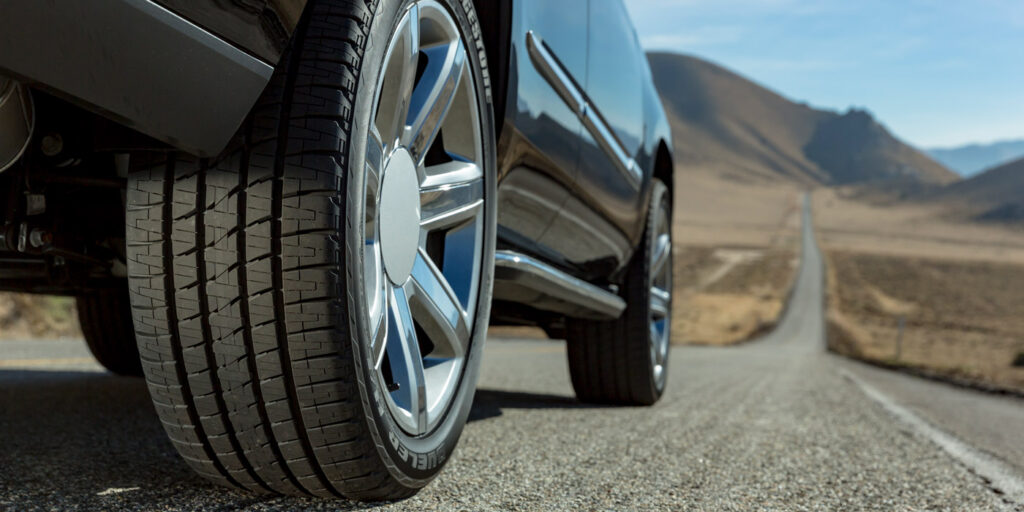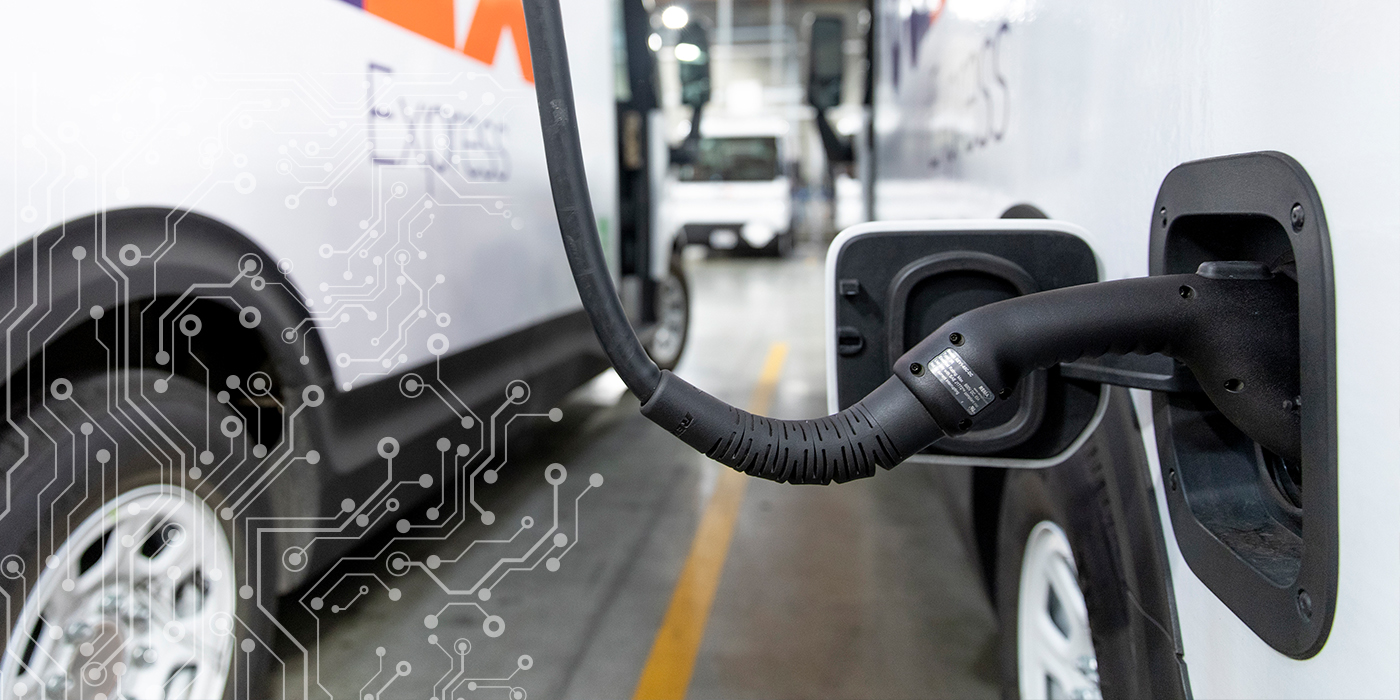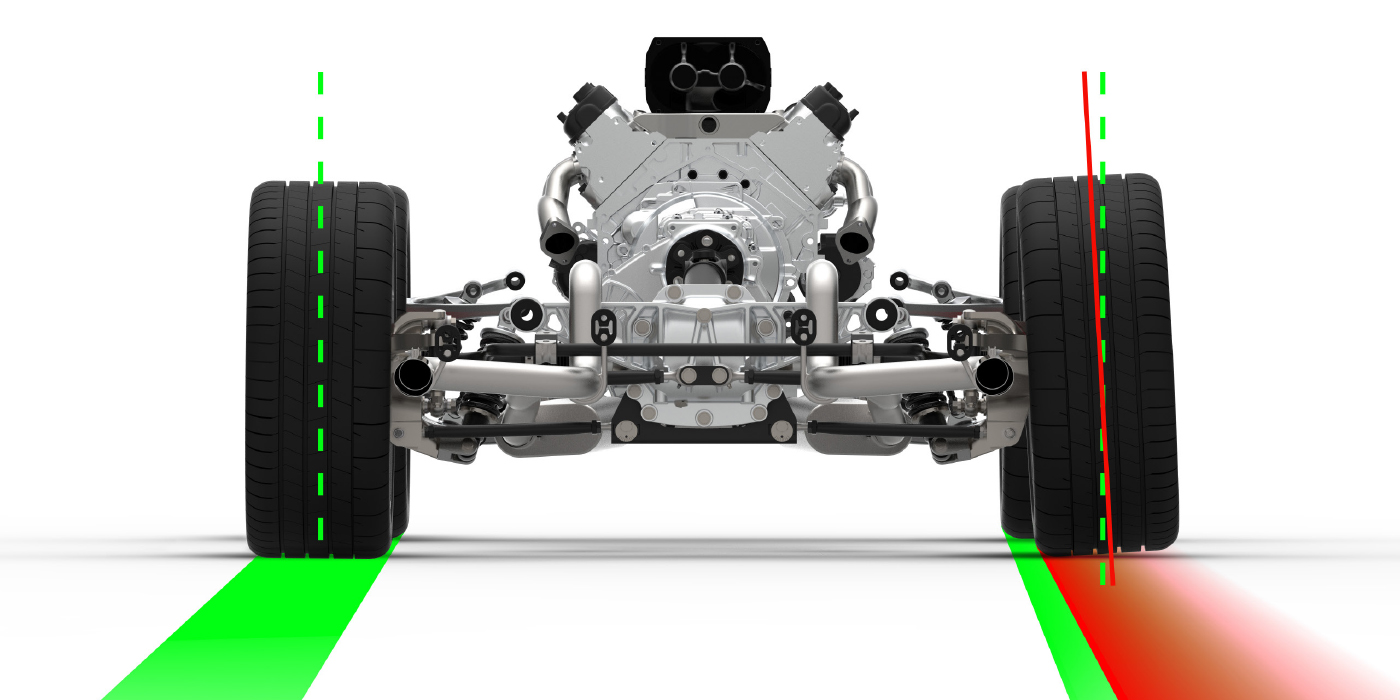When you’re selling tires to your customers, there are multiple factors that come into play. In addition to the simple question of supply (and are your advisors asking for the sale), customers are face with many decisions of their own.
Price, aesthetics, vehicle fitment and so on are important – but a tire’s functionality and long-lasting tread life are key attributes that you should not let your clients overlook — and should, in fact, emphasize for customer safety and satisfaction.
While tire manufacturers often promote long-lasting tread life, this leaves most customers asking only, “How many miles will I get out of this set of tires?”
Longevity certainly is key, but successful shops know that long-lasting tread characteristics, matched to a specific application, can mean the difference between a satisfied customer and a dissatisfied one.
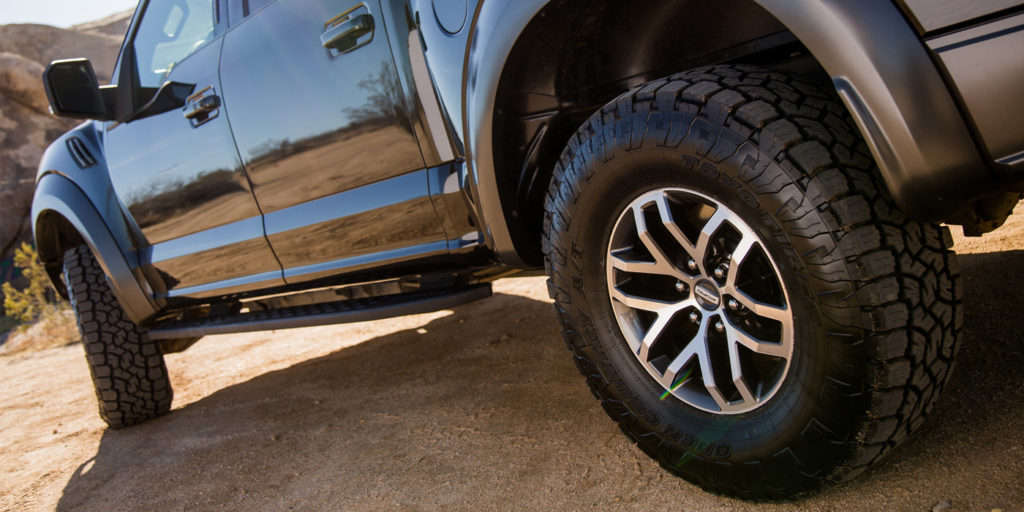
Tread Life Trends
As with other tire trends, performance for long tread life has followed the trends of vehicle demographic changes driven by consumer preference, according to Keith Willcome, application engineer for Bridgestone Americas Tire Operations, U.S. and Canada.
“The emergence of new product lines targeting the extreme diversity in CUV, SUV and truck fitments has led to an increase in the availability of products focused on many different types of performance, including tread life,” he says. “Related to this, many manufacturers are also focusing on light truck size wear performance and are beginning to offer treadwear warranties on both highway and all-terrain patterns in these sizes.”about:blank
Conrad Galamgam, vice president of product planning and technical services at Toyo Tire U.S.A., agrees, saying, “Long tread life has been and will continue to be one of the most, if not the highest, sought after performance characteristic for most consumers in the U.S. As families have transitioned from sedans to SUVs and CUVs, so, too, have the tire options specifically designed for these vehicles grown. As hybrid, PHEV and EV options become available, tires designed to complement these high-torque applications will be in demand.”
While there are some customers for whom tread life carries less importance—for example, those driving sports cars and using UHP summer tires likely looking for grip over tread life—the vast majority of tire buyers want long tread life, according to Aaron Neumann, product development manager at the Nexen Tire America Technology Center in Richfield, Ohio.
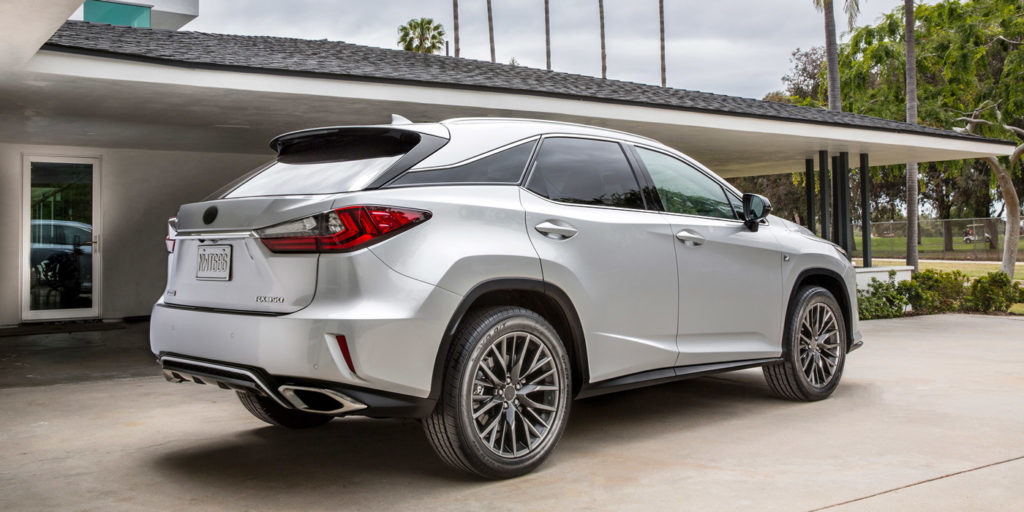
Achieving the Perfect Balance
From a technical standpoint, achieving long-lasting tread is a balancing act with other tire attributes and performance factors.
“Tire design is a delicate balance of give and take: to gain in one area of performance often means a loss in another,” says Bridgestone Americas’ Willcome. “In order to gain in multiple areas, advancements in technology are needed. Tire technology has come a long way, where 40 years ago a 40,000-mile tire was considered long lasting. Today, it’s not uncommon for new tires to offer 70,000 miles or more. Even UHP tires, which traditionally offer lower mileage warranties, can achieve up to 40,000 miles.
He explains that tire engineers use many tools to find gains in all areas of performance. Advanced compounding yields tread compounds that provide increased wear resistance, lower rolling resistance and increased grip in wet, dry and snow conditions. Newer test methodology and equipment allows engineers to better understand how the tire deflects in its travel down the road so they can make subtle design changes to reduce uneven strain, gaining more traction and wear life. Advanced modeling of tread patterns is another way to squeeze out extra performance from a tire.
“By using technology advancements, engineers can tune every part of the tire to contribute to gains in wear life, traction, ride quality, rolling resistance and other traits that are important to drivers,” Willcome adds.
Toyo Tires’ Galamgam says that compounding, tread design, structural design and contact patch contribute to tire performance and treadwear.
“Engineering a tire requires a clear understanding of regional performance requirements, vehicle fitments, road conditions and driving habits,” he adds. “These requirements help to define the performance characteristics that need to be prioritized for each development, such as wet and dry handling, wet and dry braking, winter performance, rolling resistance, off-road traction and treadwear. Advancements in nano-level material research, design and production…have helped achieve long-lasting tread compounds, while also maintaining and improving other performance characteristics.”
Equally as important as long-lasting tread is long-lasting performance, according to Tom Carter, Michelin technical communications director, who says, “In regard to wet and snow performance, many tires see performance degrade as they wear, even though the tread depth is still adequate. This is because tread features, such as sipes and grooves, are not always full depth. Proprietary compounding and the design of the tread pattern, especially how each individual block comes in and out of the contact patch, enables treadwear.”
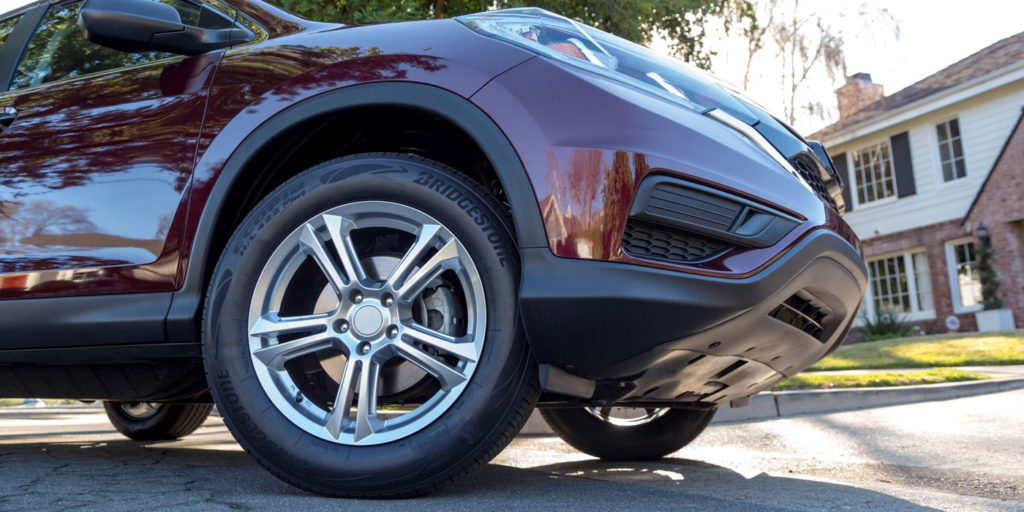
Benefits of Long-Lasting Tires
There are several benefits to tires with this sought-after feature, including extended on-road treadwear mileage.
“Consumers will rely on their trusted tire professional to help them determine the right tire to fit their needs,” Galamgam says. “With proper maintenance and rotation, tread design features such as sipe density, multiwave siping, void volume, etc. can provide excellent all-season performance throughout the life of their tires.”
Nexen Tire America’s Neumann says in addition to the tire itself, there are other factors that affect tread life.
“The biggest factor—and this is largely overlooked—is how the consumer drives,” he says. “A driver with a heavy foot is going to get less life out of their tires. If they have a vehicle with a strong engine with lots of torque, then they’ll get even less life. This is because tread life is less about the mileage the tire sees and more about how much “slip” the tire experiences. Slip is what happens when the tread that is in contact with the road shears against the road surface due to driving torque or steering angle, and this is what really drives tire wear.”
Environmental considerations make up an additional benefit of purchasing tires with long-lasting tread life. Sam Dollyhigh, product planning manager for Continental Tire, says, “Tires with extended tread life not only provide consumers with more mileage, saving them money, but also have less impact on the environment as these tires last longer than lower-mileage tires. It is also an additional convenience of not having to change tires as frequently.”
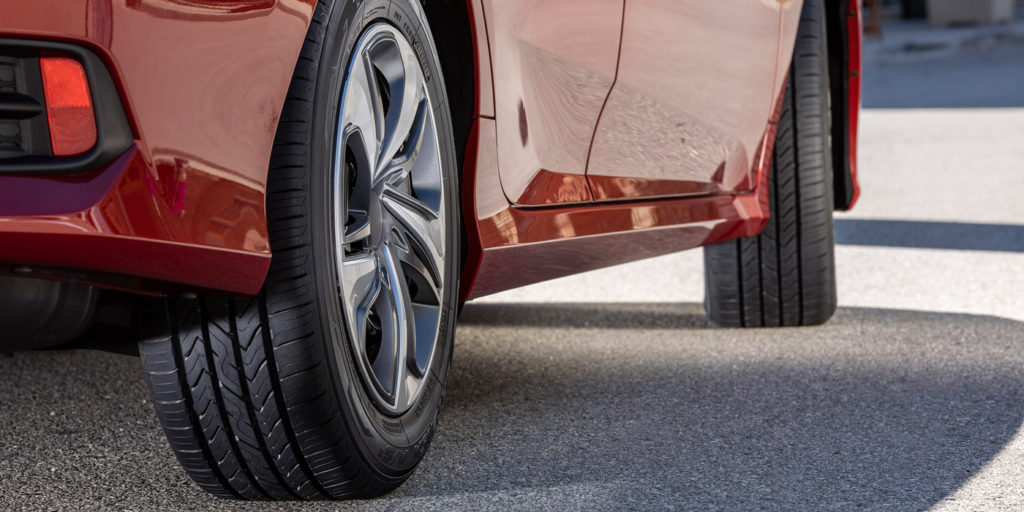
Making the Right Recommendation
For dealers, selling a tire with long-lasting tread characteristics isn’t necessarily a “satisfaction guaranteed” scenario. To truly meet customer needs, these tires must be matched to the right application.
“An application doesn’t just mean the vehicle, it also means the driver and how they use the vehicle,” says Willcome. “For instance, one driver of a typical sedan may want a comfortable, quiet ride and so a touring tire would be a good fit; while another driver with the same vehicle may want to enhance their driving experience with a great-handling UHP tire. Both drivers can get long-lasting tires in those respective categories so that they are happy with their cars for a long time.
“Another classic example is pickup trucks where drivers have a choice of highway, all-terrain, max traction, etc.,” he continues. “If a driver just picks the tire that lasts the longest, they would typically end up with a highway tread tire. However, if they use their truck to pull a horse trailer out of a muddy pasture, they likely won’t be very happy with highway tread tires and would have been better served with an all-terrain tire with a mix of off-road traction and long tire life.”
Dollyhigh spoke similarly, stating, “Dealers should always spend some time to understand the needs of the end consumer, including vehicle type, driving style and the main priorities of the consumer. High-mileage tires are best matched to mass-market vehicles where consumers value a quiet, comfortable, long-lasting tire. Sportier luxury/performance vehicles are typically better suited with balanced performance that includes better handling and wet traction while maintaining good mileage. UHP tires…typically have the lowest mileage but offer the highest level of handling and wet traction and are well-suited for the sportiest of vehicles.”
Michelin’s Carter says that dealers who want consumers to be happy with their purchase must ask how they intend to use their vehicle, what performances they prioritize, and then match the tire to the customer’s priorities and expectations.
“You want to keep your customers happy, and I think the best way to do this is to listen to them, help them pick a tire that suits their needs, explain why in a non-patronizing way, and sell them the tire that’s best for them, not what has the best mark-up for the dealer,” explains Nexen’s Neumann.
This article first appeared in Tire Review.

